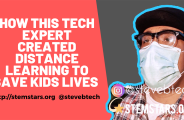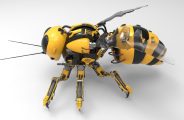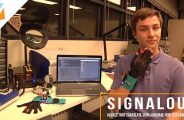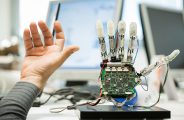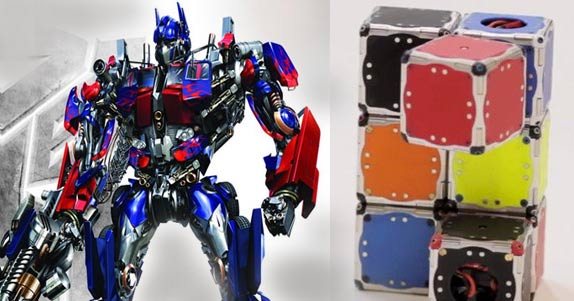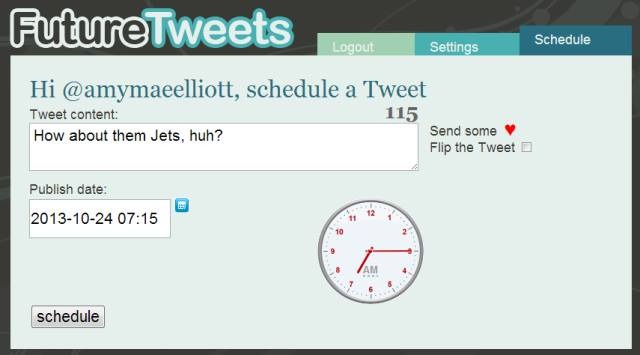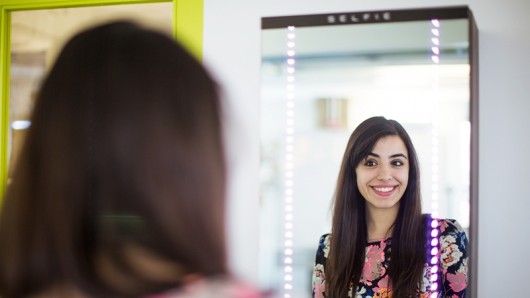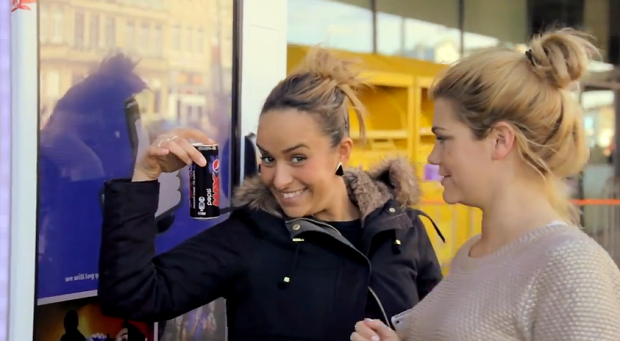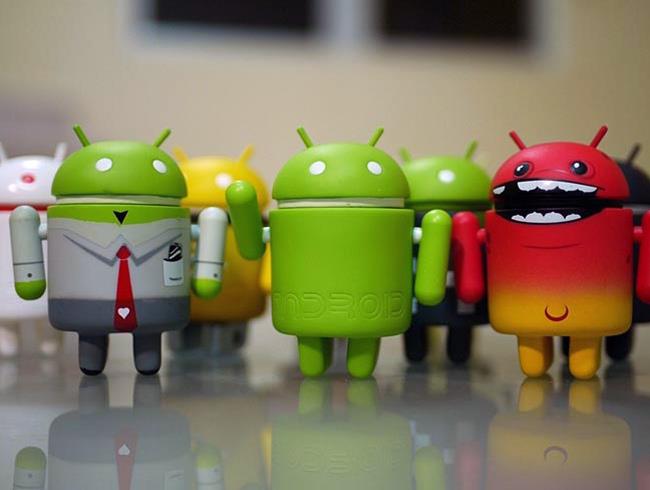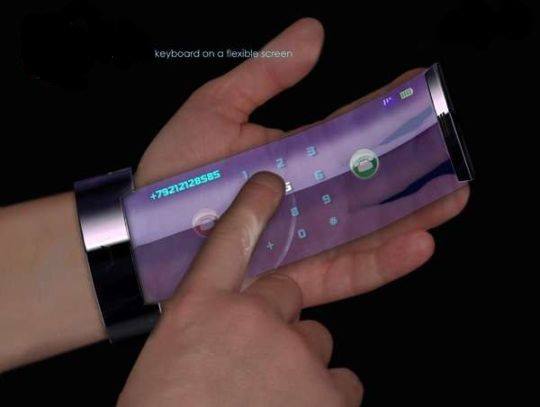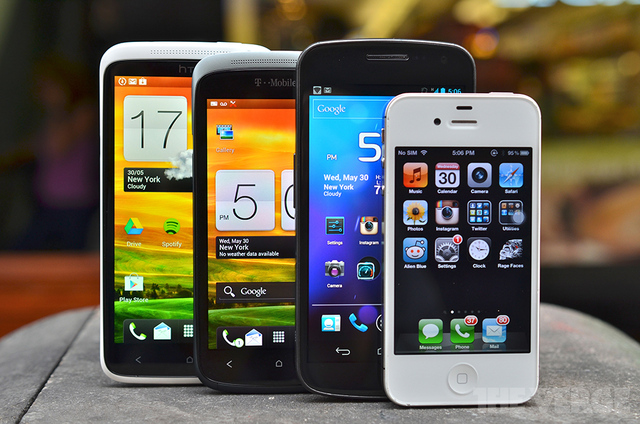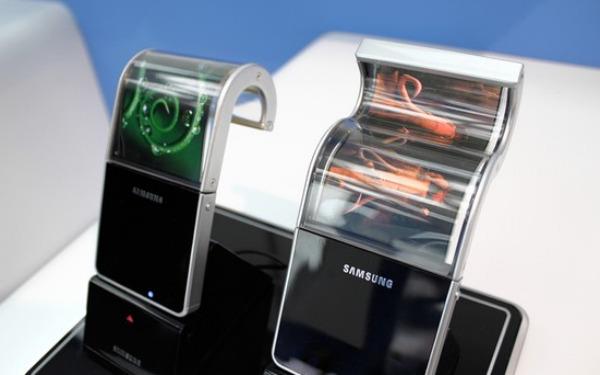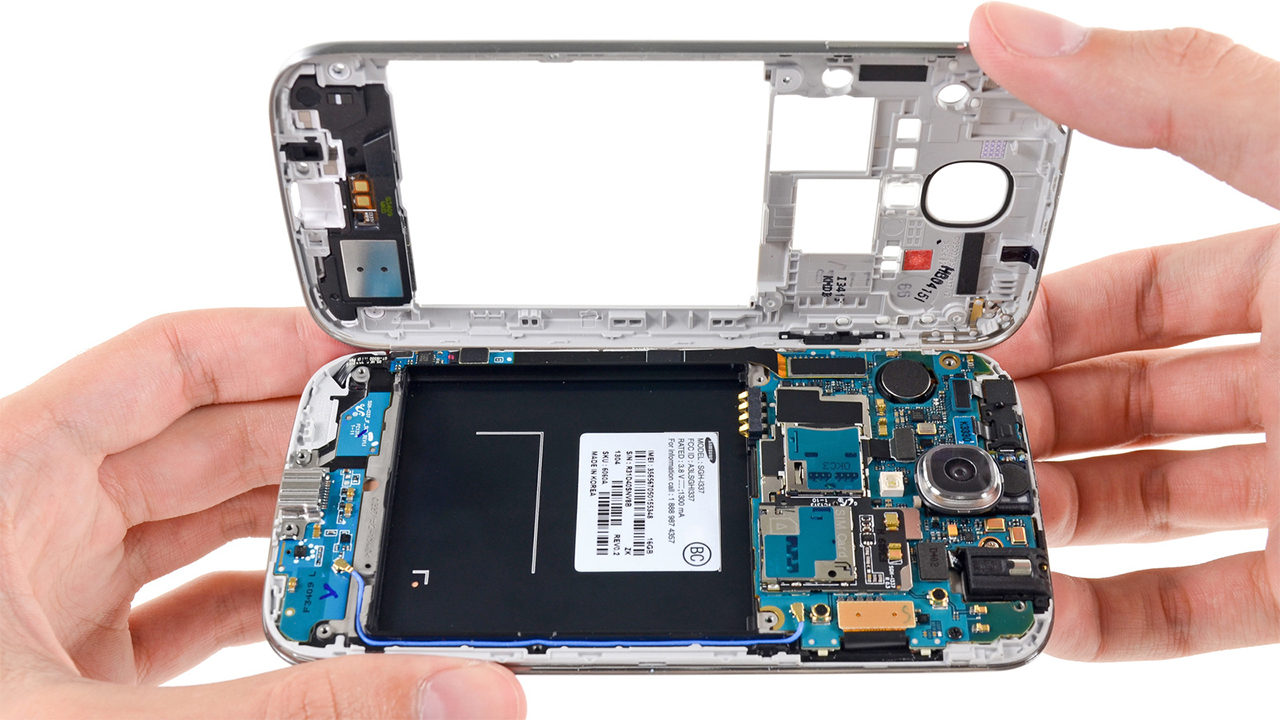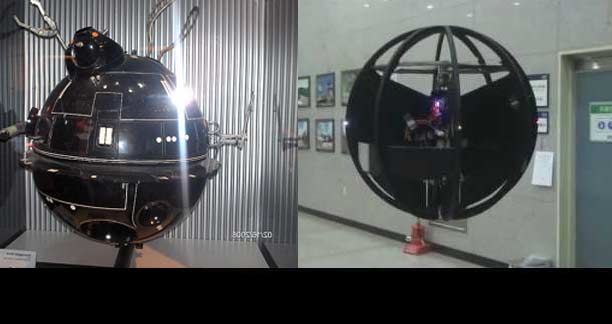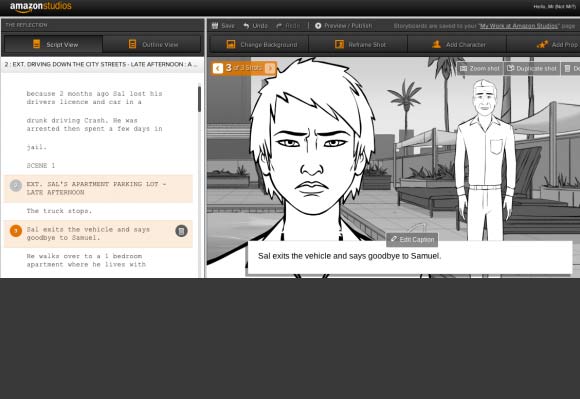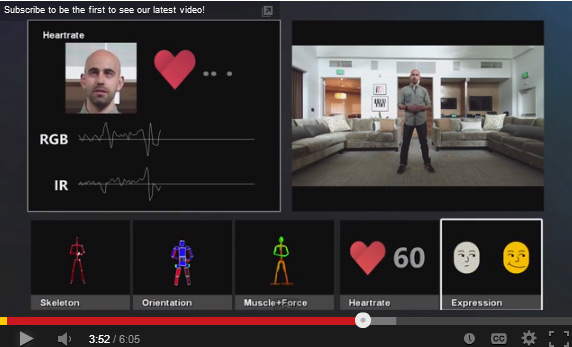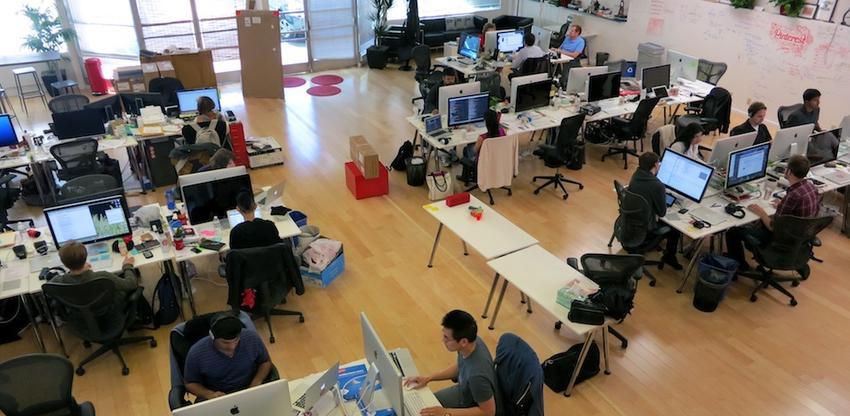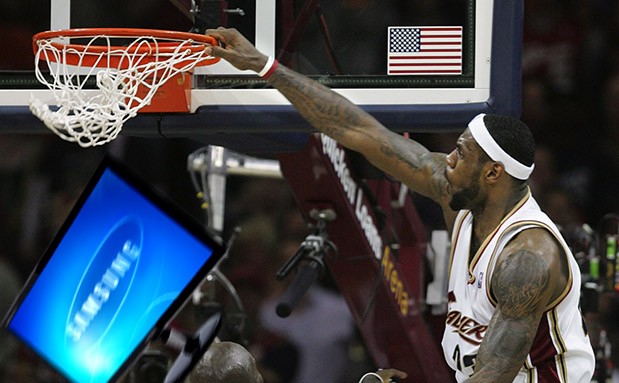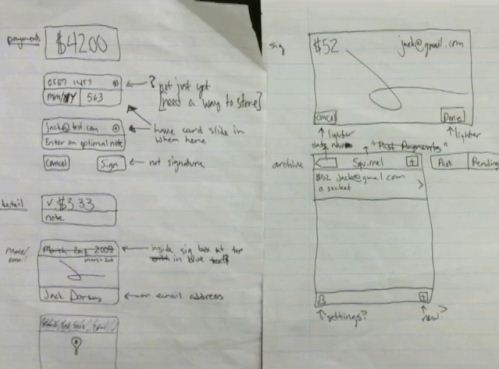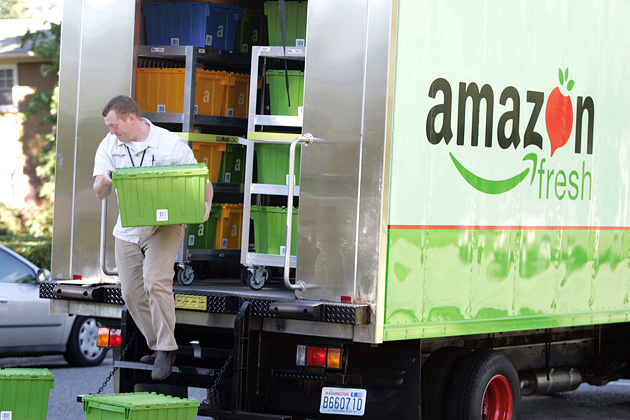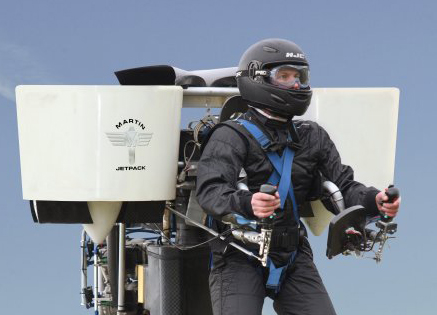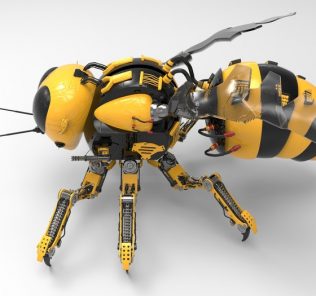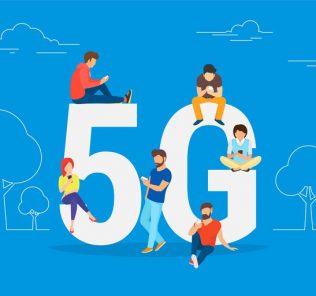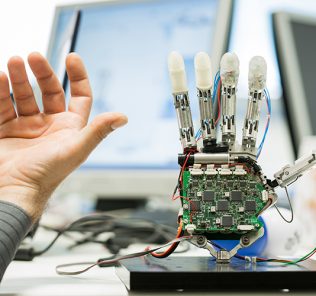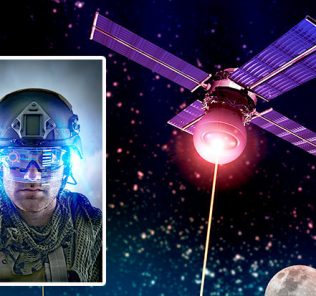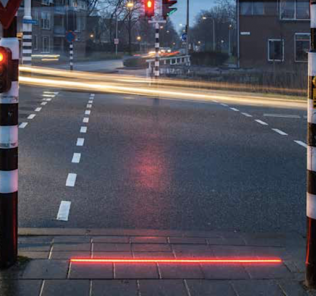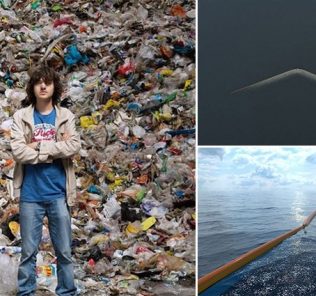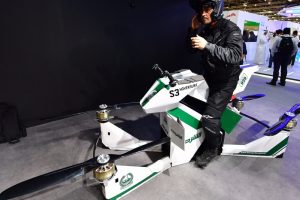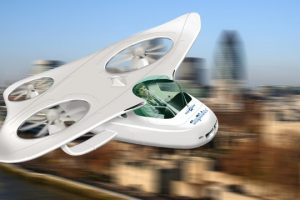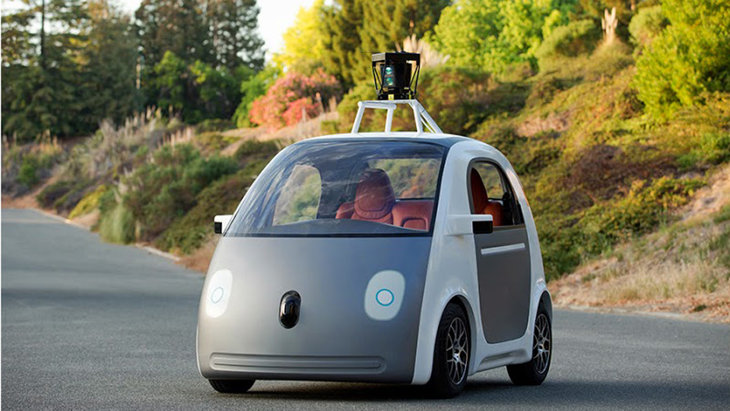New App Helps Children Lost in War Zones & Disasters Find Their Families
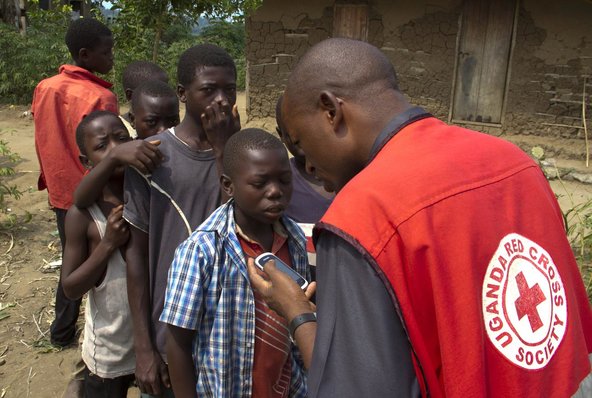
An official with the Uganda Red Cross Society registers children who are separated from their parents at the Bubukwanga Transit Center, with an app created in a class called “Design for UNICEF,” at New York University.
Jorge Just, a student at New York University’s Tisch School for the Arts, has created an app that could make a real difference for people suffering under tremendous emotional distress in conflict zones.
During five visits to Uganda, Mr. Just found that older systems for lost children depended on lots of legwork, picture walls and disorganized suitcases full of paper-based forms that were often misplaced or mishandled.
“A child might be on one side of a refugee camp, and their parents might be on the other side, but for all intents and purposes, they might as well be on different continents,” he said. “Even small distances in those situations can feel insurmountable.”
So he started working on a way to help. After three years of development, his Rapid Family Tracing and Reunification app, or RapidFTR, is now connecting lost children with their families much more quickly than ever before.
According to UNICEF, RapidFTR’s ability to photograph, record and share information about lost children has reduced the time it takes to reunite families from over six weeks to just hours.
The app is not overly complicated from a technical standpoint, Mr. Just wanted to make sure it was something aid organizations would actually adopt.
Meant to run on hardware already in the field, like Blackberry devices, RapidFTR can add a child to the system with only scant bits of information. If a child cannot give their full name, or is too young or too scared speak, a photo alone can begin the process. The app works both with and without a wireless connection, by syncing to a server later, if needed.
RapidFTR is being deployed in South Sudan and has already been used at the Nyakabade Transit Center and the Rwamwanja Refugee Settlement camp in Uganda, where children from Democratic Republic of Congo often arrive after fleeing attacks by rebel groups. Mr. Just said that he was aware of at least 70 children who have been reunited with their families through the app so far.
His earlier projects in the N.Y.U. program were more whimsical. He created things like automated telephone pranks, but the child reunification app became his master’s thesis, and he later joined UNICEF as an employee. With the assistance of some pro-bono engineering from the software company Thoughtworks, he was able to get the program going and then recruited an army of volunteers to build RapidFTR.
Today the program is entirely open-source and driven by volunteers. Mr. Just, too, has now become a volunteer for his own app, in addition to teaching the “Design for UNICEF” class that he was once a student in.
Last week, UNICEF awarded $50,000 to develop three applications by students in the N.Y.U. program, including a cheap device for extracting power from car batteries, a pop-up network for sending text messages when cellular networks are not working and an application to deliver medicine disaster sites, using drones.
In considering his own project, as well as those of his future students, Mr. Just said, “one of the things I kept telling myself, was: any person if they want to make a difference can change the world”




